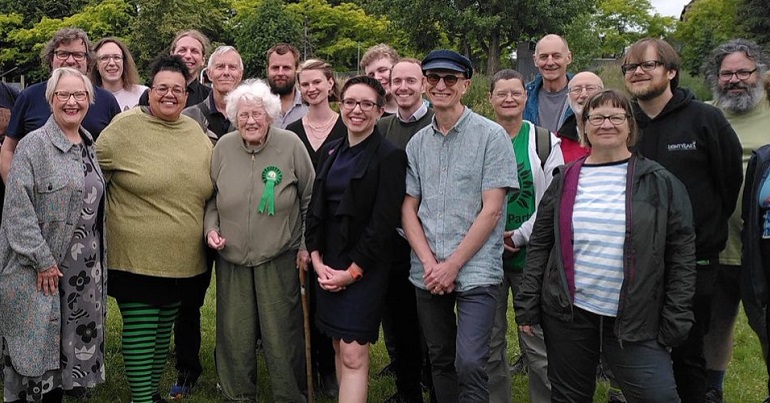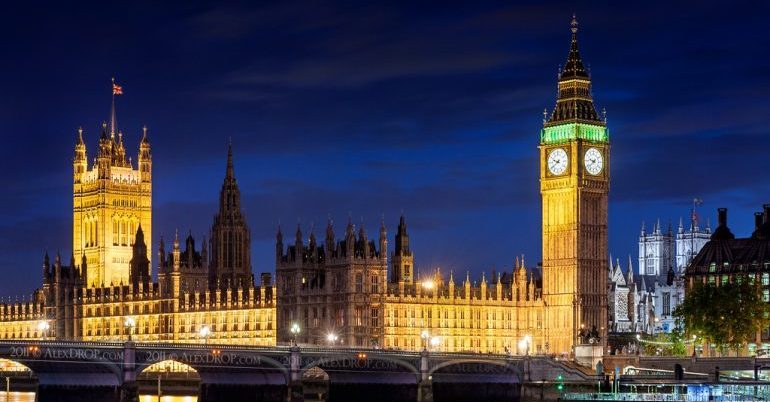Does the action of the Sparks herald a return to militancy?
Two years ago a wave of militant industrial action swept across the UK. As the global financial crisis unfolded, neo-liberal capitalism seemed to be in crisis, banks were nationalised, and bankers vilified, billions were poured into stimulus packages and for a brief moment it appeared as if an opportunity existed for a reconfiguration of our economy and our politics.
Buoyed, perhaps, by this opportunity, or simply worried by the prospect of job and wage cuts during the resulting recession, workers began to exert their collective power on a scale I had never seen in this country in my lifetime. At Lindsey oil refinery around 800 workers took part in wildcat strike action in defence of their jobs. As the dispute continued we saw solidarity action at workplaces across the country. At Grangemouth 700 workers walked out, at ICI in Teesside 400 went out in support. As the dispute grew we saw solidarity action at major power stations like Drax and Ratcliffe-on-Soar. When management responded by sacking around 700 of the Lindsey workers it’s estimated that around 3000 people took part in solidarity action across the UK.
And that militancy and solidarity worked. The victimised workers at Lindsey were re-employed, those who went out in support of them faced no backlash and over 100 new jobs were created in addition to those to be given to the Italian workers those at Lindsey thought were being brought in to undermine pay and conditions.
That same year, we saw occupations of workplaces at the Vestas wind turbine factory on the Isle of Wight, at Visteon – a car parts manufactured spun-off from Ford – in Belfast, Basildon and Enfield, and at Prisme, a packaging company in Dundee. None of these actions were legal, or sanctioned and called by the official trade unions. And they weren’t all entirely successful, but concessions were won, where the alternative had been to simply access job losses and move on.
Then, almost as suddenly as this wave of militancy had begun, it swept out again. Not broken in any final violent confrontation with the state or capital but undermined from within our own movement.
The trade union leadership failed to support these actions, failed to build upon them or to offer any coordinated action which could have turned a serious of broadly isolated events into anything larger.
Over the next two years the efforts at Visteon, at Vestas, at Lindsey and elsewhere have been largely written out of history. What should have been inspirational events for militant organising and the power of collective direct action are barely spoken about by the mainstream (and even much of the self declared radical) left. It has taken a year and a half of Tory and Lib Dem imposed austerity for the big trade unions to back even a one day public sector strike, an action, which while significant, and welcome, will be wholly insufficient in the fight against this government (and indeed against most of the official opposition within parliament).
Even that action has come not from a sudden enlightening of the TUC, but from grassroots pressure from below. It has come because workers seeing their pensions ‘reformed’, wages frozen (i.e. cut in real terms), and jobs lost are justifiably furious and they are adamant that action must be taken. And it has happened, I fully believe, in large part because of the example shown by the student movement over the last year, students who didn’t wait around for their official leadership but took direct action themselves.
The storming of Millbank inspired and enlivened a generation of students to go back to their campuses and go beyond letter writing and pre-agreed marches, to occupy their universities and reclaim the spaces of their education and their community from cuts and privatisation.
That action, along with the work of groups like UK Uncut, has brought direct action back onto the national agenda and into the media. And now we are seeing that spirit seep back into the labour movement.
As we left the first student occupation of the new year in Edinburgh last week, a demonstration of hundreds of electricians occupied a building site in London. Siobhan Breathnach, reporting for the commune, wrote
After a few speeches, one of the organisers said that Unite had called for civil disobedience at the TUC conference, and it was illegal to hold a march without permission, but would we like to do some civil disobedience? People shouted “yes!” and we marched through Smithfield meat market … then someone announced that we were going to occupy the site, and straight away we started going in. The security rushed to close the gates and we had to run through, then some very big security guards started grabbing people and we had to tussle to get past them and climb under some barriers, but we got onto the site quickly, shouting SMA – no way! (Which had me and the other non-electricians confused for a while – SMA is the new semi skilled grade they want to introduce.) Inside we stood surrounded by cranes and watching builders while the organisers made some more speeches and the police started to arrive in numbers. There was a huge cheer when we heard that simultaneously people were blocking the motorway tunnel in Newcastle.
The occupation itself (called because the ‘big 8’ construction companies are attempting to scrap the Joint Industry Board, Pay and Conditions agreement and impose separate rates for metalworkers (£10.50 per hour), wiring (£12), and terminating (£14) in replacement of the current uniform rate of £16.25) was short lived and The Sparks, as the rank-and-file group of workers who organised the protest are known, is still a new organisation. How the protests will develop and whether they can maintain their radicalism and independence from the union bureaucracy remains to be seen.
But that workers are beginning to organise at a grassroots level, by-passing the formal bureaucracy, and willing to take direct action, irrespective of the legality of such action, is a genuinely encouraging sign.
There is a huge distance yet to travel till an organisation (or more likely organisations) with the power and willingness to stop this government’s attack might actually exist. That we are starting to see glimpses of how such a movement might look should encourage us all.




Leave a Reply